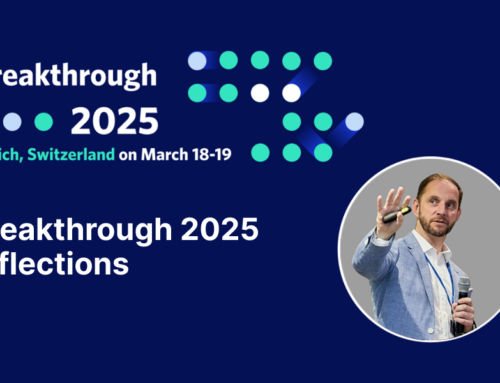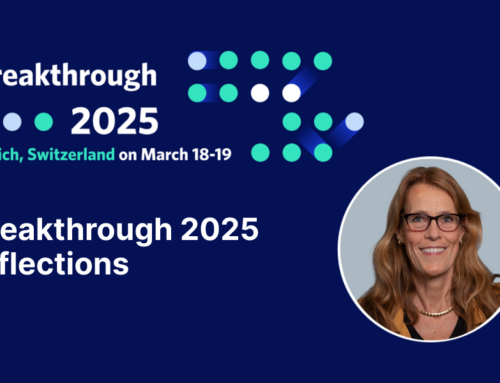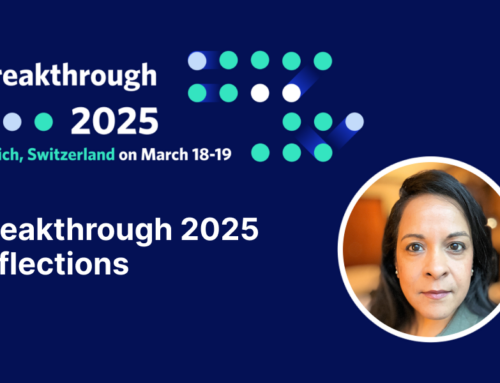What will the next generation of reporting and analytics in pharmacovigilance be? Will it move the needle on business innovation as patient safety becomes a strategic value instead of a cost center? A panel of industry experts examined the importance of safety insights and areas that enable organizational growth.
During the discussion, the spotlight was on ArisGlobal’s LifeSphere® Reporting and Analytics and LifeSphere Clarity, focusing on understanding the company’s investment in sourcing strategic insights from patient data and empowering organizations with advanced analytics for improved decision-making and enhanced patient safety.
Insights Crucial for Pharmacovigilance Teams
Case management teams consume a plethora of reports, from monitoring to compliance, but more information is not ideal. More information means more reports and bandwidth needed from dedicated pharmacovigilance professionals. In pharmacovigilance, analytics are sought to improve efficiencies to meet regulatory requirements and improve patient safety and care. This concept of efficiency is essential to pharmacovigilance, and we need something necessary to tap into the insights in the case data. It’s vital to harness these insights and let the data speak, but it’s challenging with the sheer amount of data that is only increasing; it’s essential to focus on what aspects of case management insights are critical to business innovations and improving patient outcomes.
Thus, the challenge lies in transforming the rising volume of data into actionable insights. From a case management perspective, what type of insights are most likely to drive business innovations and enhance patient safety?
When data is passed to regulatory agencies like the European Medicines Agency (EMA) or United States Food and Drug Administration (FDA), case management monitors look for patterns within the data. Is it something to worry about? Should it be examined further? What moves the needle here is the ability for a system to notify when there is a break in the pattern of patient data, removing the need for a human to review every single report and signal. Automated alerts allow pharmacovigilance professionals to delve into the data where they need to rather than consume, interpret, and analyze all the information within the growing number of submitted cases. Whether cases are lingering or additional submissions from another region, having a tool that alerts to these inconsistencies allows teams to catch these instances early and address them as needed.
An analogy can be drawn to the concept of a digital twin analysis, which involves comparing actual workflow data and compliance data with a digital twin representation. If the digital twin deviates significantly from the actual workflow or cases remain in the workflow for an extended period, an alert is generated. Lingering cases might indicate a vendor-related problem; catching it early is crucial.
Preparing for the Pharmacovigilance of Tomorrow
Leveraging automation across safety workflows ensures that professionals can focus more on value-added activities. The system should enable users to access insights and merge various sources for faster time-to-insight. While progress toward artificial intelligence is crucial, opportunities exist to enhance productivity by tapping into human thinking and applying rules and data integration.
Aside from freeing up human resources, the future of reporting and analytics involves strategic elements. Systems should facilitate proactive decision-making by learning and helping craft predictive and proactive measures via documenting actions and reactions. When organizations can be predictive and proactive, they provide better drugs and therapies. Gathering extensive data, including qualifiers and quantifiers, can lead to predictive analytics. For example, analyzing the impact of company holidays on compliance might require building knowledge graphs to understand relationships between various factors.
Regarding system design, incorporating more intelligence to catch errors before progressing to the next workflow step would be beneficial. Foolproofing the system can prevent mistakes by users. It is vital to ensure that information flows freely between different departments and that activities around analytics are not IT-centric. Enabling users to perform their jobs independently and empowering them to derive insights from machine learning algorithms within analytical tools would be advantageous.
The ideal scenario involves sharing data among various departments, such as epidemiology, pharmacogenomics, pharmacovigilance, and clinical, in a single repository. Currently, PV data is not consolidated in one place, leading to multiple data silos and fragmented reporting processes. A unified interface that integrates data from different modules and enables easy visualization through charts and graphs would be valuable. Reducing the number of steps and hops between data silos can significantly reduce cycle time and provide clearer coexistence of data. The ability to align with the source of truth, the LifeSphere MultiVigilance safety database, would be highly beneficial.
Addressing performance concerns and the separate storage of data should be a priority. Understanding the reasons for data separation and evaluating the impact on performance and availability is crucial. Integrating different databases and achieving better performance in reporting while maintaining transactional integrity is a complex task that requires careful consideration.
To overcome these challenges, Aris Global is partnering with Snowflake to leverage its expertise and incorporate best-of-breed technologies into its products. The goal is to create a unified repository for all data, aligning with the current trend of platform-based solutions. This initiative aims to respond to the needs and expectations of users, enhancing performance, and enabling more efficient data analysis and reporting.




